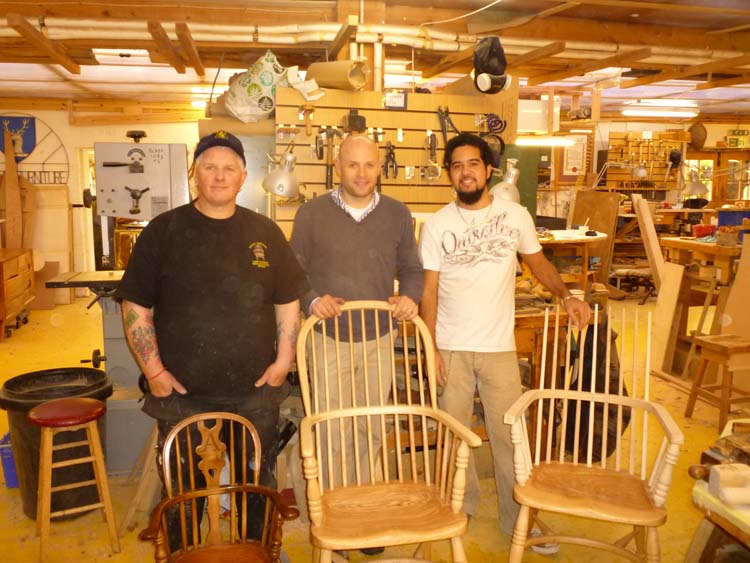Chippendale School Students Learn to Make Britain’s National Chair, the ‘Windsor Chair’
Tom Thackray, the UK’s leading Windsor chair maker, has just spent a week teaching woodworking students at the Chippendale International School of Furniture how to make Windsor chairs. He first met Anselm when he was running his Thomas Chippendale School in South Carolina then Oregon, and has been coming to Scotland to the Chippendale School …
Chippendale School Students Learn to Make Britain’s National Chair, the ‘Windsor Chair’ Read More »
